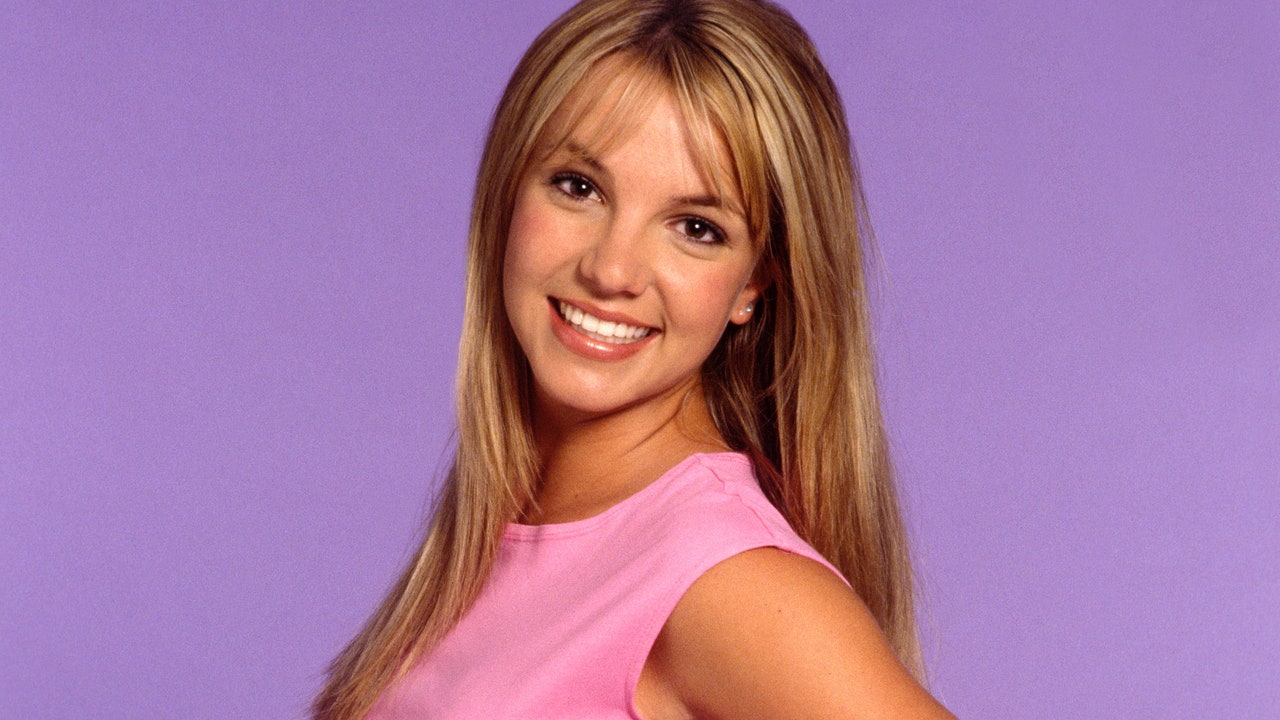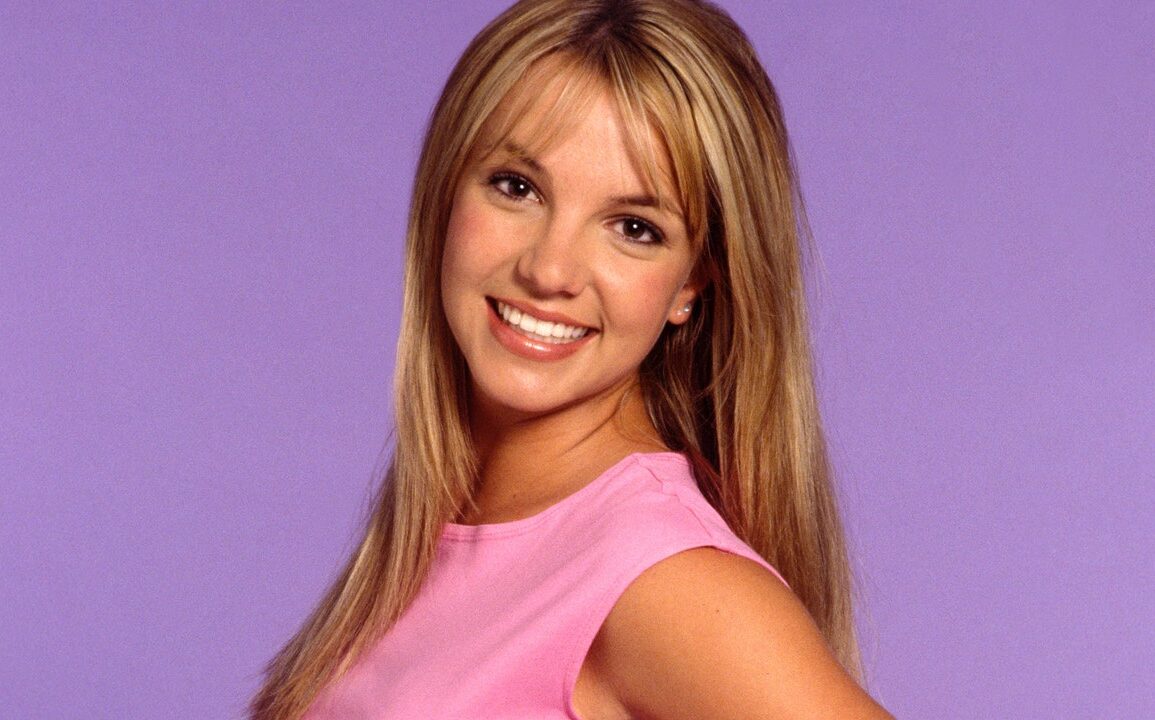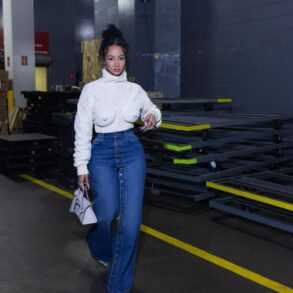
Britney’s saving grace, it would seem, is that she’s aware that her life has been spent caught between a rock and a hard patriarchy, even as that fact has slowly crushed her spirit. At its core, The Woman In Me is effectively Spears calling us – all of us – on our bullshit.
We were outraged, we insisted in the mid-Aughts, by the casual sex and the alleged drug use and the lack of a car seat for Sean Preston – Spears’s public breakdown representing nothing less than a tear in America’s moral fabric. Except, of course, having some sort of mental health issue was almost a prerequisite fo a female celebrity in the ’00s, only serving to increase a girl’s allure as something fragile, delicate, in need of protection. Britney’s true crime was that her breakdown wasn’t of the “glamorous” variety. She wasn’t starving herself until her ribs were visible, subsisting on Marlboro Lights and black Starbucks filter coffee; she was being papped at McDonald’s drive-thrus, sipping Big Gulps. She betrayed us not with her partying or her divorce but by letting the effects of that partying show, by being visibly run down by having to raise two babies on her own. We weren’t offended that she was exposing herself in a nightclub; we were offended that she was exposing herself in a way that felt sloppy rather than titillating.
“I never knew how to play the game,” she writes. “I didn’t know how to present myself on any level. I was a bad dresser – hell, I’m still a bad dresser, and I’ll admit that. And I work on that. But as much as I’ll own my flaws, ultimately, I know that I am a good person. I can see now that you have to be smart enough, vicious enough, deliberate enough to play the game, and I did not know the game. I was truly innocent – just clueless. I was a newly single mom of two little boys – I didn’t have the time to fix my hair before I went out into a sea of photographers.”
To be clear, Britney Spears is not “every woman”. She is a 41-year-old pop star with a $70 million fortune who counts Donatella Versace and Paris Hilton as her closest friends. But our treatment of her has hurt us all, and there are lessons to be learned from The Woman In Me, ones that we should be ashamed it has taken us so long to absorb – if we have, in fact, absorbed them at all. Much has been made of how terrible the Noughties were for women – sometimes by women who had a hand in making them so terrible in the first place – but there is a large part of me that wonders whether the 2020s are any better, that wonders whether Britney is even really out of the woods.
Eighteen months ago, a rumour mushroomed online that Spears was related to Marilyn Monroe. They are, if several dubious Quora threads are to be believed, ninth cousins, three times removed. And, yes, there are similarities – peroxide, catastrophically bad parents, worse husbands – but there are differences, too, the most significant being that Britney didn’t, by some miracle, die at 36. We have bent and broken and laughed at her, but we have not made her story a tragedy in the most literal sense just yet. That, perversely, we would know how to handle – with public contrition and hastily penned hagiographies and pink carnations laid outside her childhood home in Kentwood.
What we don’t know how to cope with – what nothing has prepared us for – is for Britney Spears to have the audacity to live. She has survived us, has lived to tell the – her – tale, to rebuild some semblance of a life. If nothing else, I hope The Woman In Me serves as a reminder that we should let her live it in peace.
This post was originally published on this site be sure to check out more of their content.








